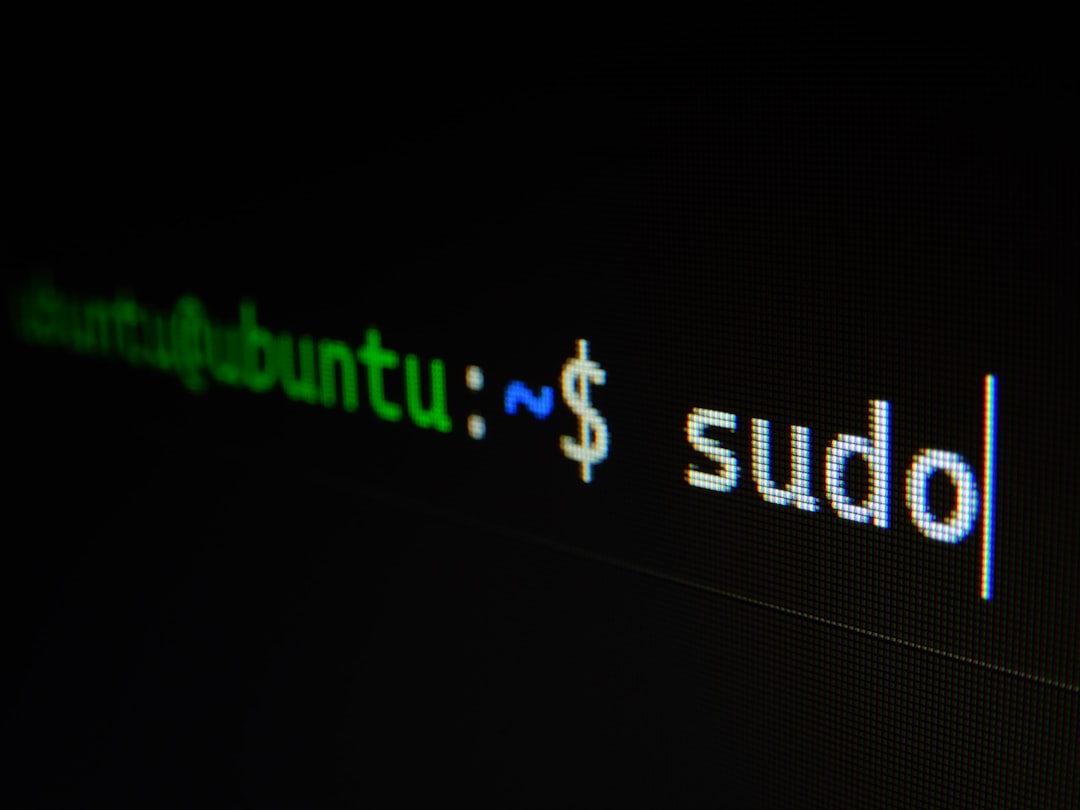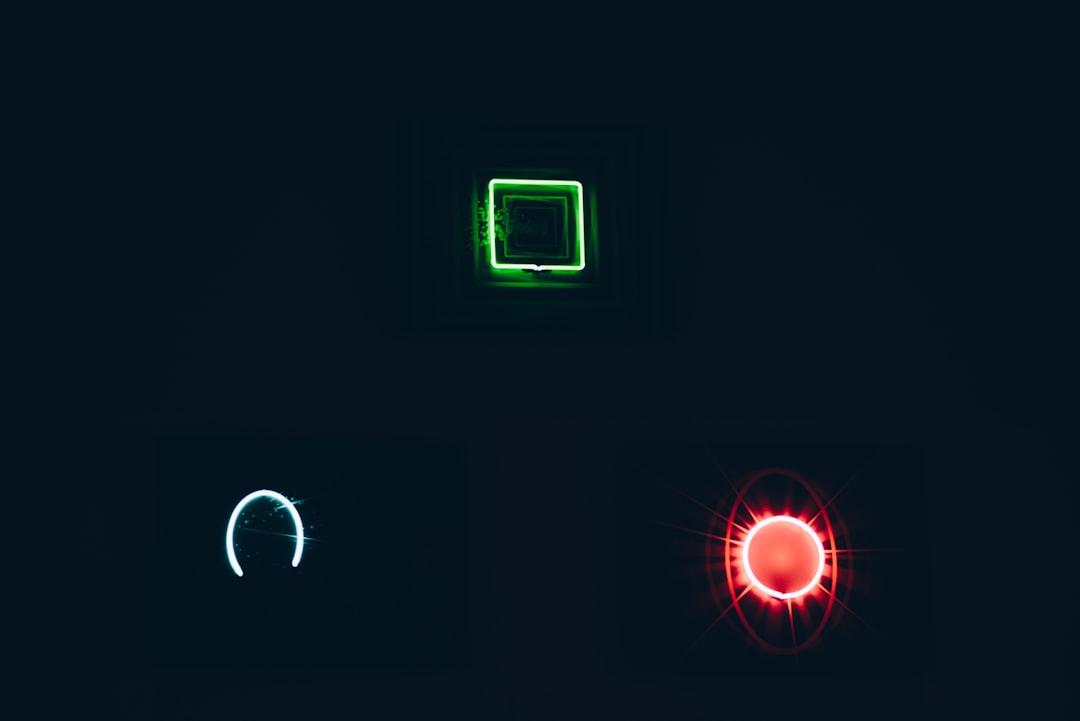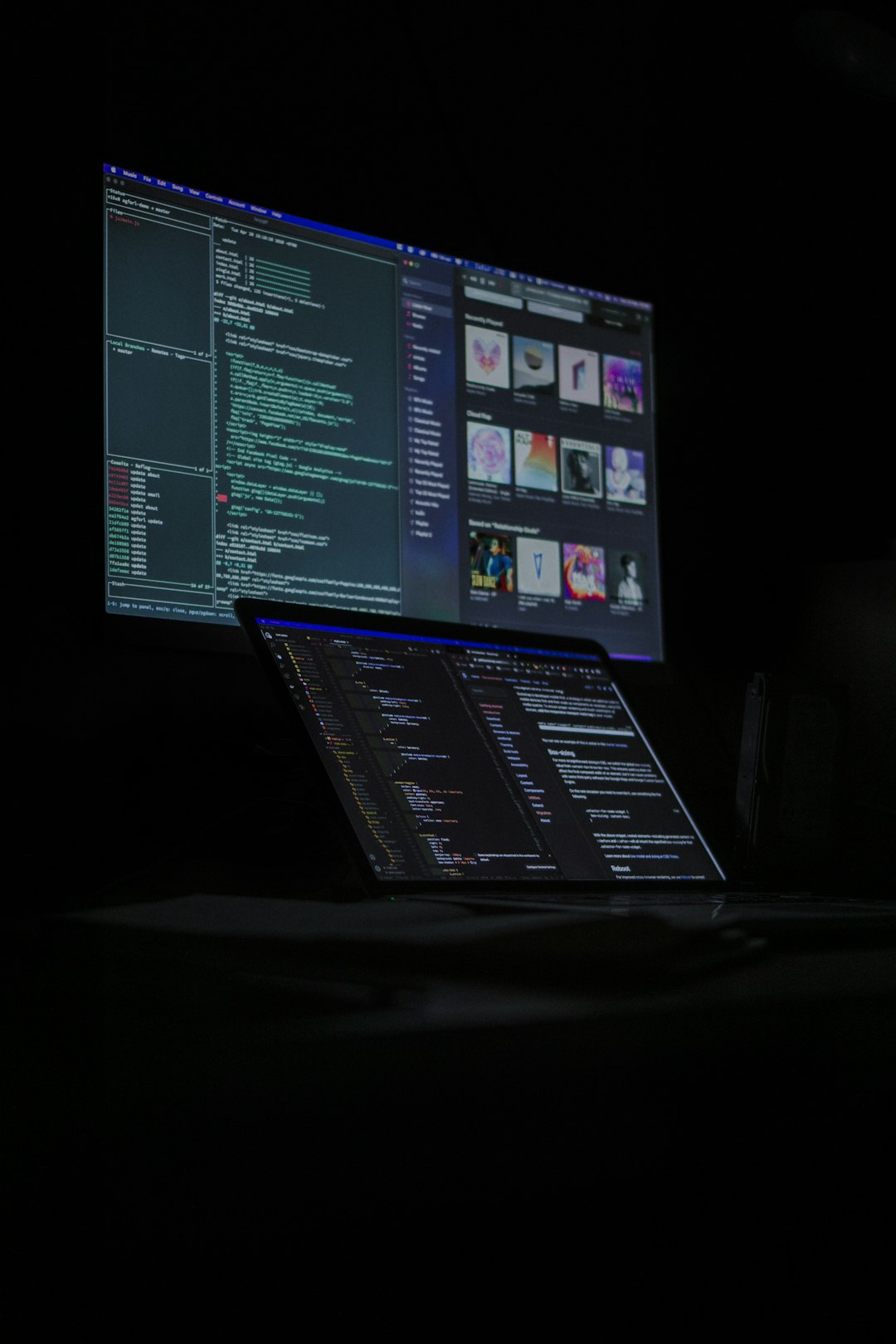Among the many Linux desktop environments available today, none exude sophistication and style quite like KDE. Often overshadowed by simpler interfaces that favor minimalism over customization, KDE Plasma has steadily evolved into an impeccable combination of performance, elegance, and deep personalization. It’s no wonder then that tech enthusiasts are starting to view KDE not simply as another open-source option—but as the luxury brand of the Linux world.
Table of Contents
TL;DR
KDE Plasma is a sleek, ultra-customizable desktop environment that brings a premium look and feel to Linux like no other. With attention to design, fluid animations, and powerful built-in tools, it rivals even macOS in visual appeal while retaining the openness of Linux. This article explores why KDE Plasma is being hailed as the ‘luxury brand’ in the Linux ecosystem. Whether for productivity or aesthetics, KDE redefines what a modern desktop experience can be.
What Makes KDE Feel Like a Luxury Experience?
When we think of luxury, we envision tailored experiences, finesse in design, and the assurance that we’re using something crafted with care. KDE embodies these traits with ease. Here are the core aspects that set it apart:
- Elegance in Appearance: From the shimmering glass-like transparency to the soothing blur effects and polished icons, KDE Plasma is built to delight the senses.
- Endless Customization: Unlike many desktops that limit modification, KDE encourages it. Users can tweak almost any surface of the interface—from fonts and animations to window behavior.
- Performance Meets Beauty: Despite its refined visuals, KDE Plasma is surprisingly lightweight and efficient. It performs smoothly even on older hardware.
- Advanced Features: Tools like KDE Connect, KRunner, and the Dolphin file manager add layers of refinement and utility that raise the bar for desktop environments.

The Power of Design: KDE’s Aesthetic Philosophy
KDE Plasma strikes a unique balance between style and substance. Its team emphasizes the user experience through detailed graphical capabilities and careful UI planning. Transitions are fluid, shadows are subtle, and widgets can be intuitively rearranged to fit individual workflows. This kind of attention to detail is rarely seen in open-source projects, making it feel closer to boutique software you’d expect on premium devices.
The wallpaper packs, window themes, and icon sets contribute to this high-end feel. And KDE doesn’t lock users into a specific design—minimalists can remove all frills while enthusiasts can go overboard. Flexibility is the ultimate luxury, and KDE embraces it fully.
Advanced Functionality for Power Users
Beyond appearances, KDE is engineered for productivity through powerful tools that feel like digital assistants rather than mere utilities:
- KRunner: This mini command launcher is like the Linux equivalent of macOS’s Spotlight—only more powerful. Users can calculate, search, run commands, and find files—all from one place.
- Dolphin File Manager: Widely considered the most powerful file manager on Linux, Dolphin supports split views, breadcrumb navigation, Git integration, and an extensible plugin system.
- KDE Connect: Seamlessly link your Android phone with your desktop. Share files wirelessly, respond to SMS, use your phone as a trackpad—effortlessly luxurious convenience.
These tools make KDE not just pretty, but practical, reinforcing its identity as a luxury with real-world advantage.
Elite Customization with Plasma Tweaks
KDE Plasma prides itself on giving the keys to the kingdom directly into the hands of its users. Through the System Settings panel and Plasma Tweaks, virtually every corner of the UI can be engineered to match user preferences. Want a global dark mode, corner-based window tiling, or animated desktop widgets? KDE supports it—all without resorting to terminal commands or third-party hacks.
In this sense, KDE echoes luxury automakers who offer bespoke interiors and hand-stitched detailing. Here, the leather is digital, but the hand-crafted experience is very real.

Performance and Hardware Friendliness
It’s often assumed that aesthetics come at the cost of performance. Surprisingly, KDE is optimized with a focus on being lean and snappy. While traditional luxury implies heavyweight indulgence, KDE flips the script by offering a lightweight yet luxurious experience.
Because KDE supports X11 and Wayland, and is constantly tuned for better rendering and compositor efficiency, it performs admirably on both modern machines and older laptops. This accessibility adds to its luxury aura—it’s beauty, democratized.
Integration and Ecosystem Harmony
Another hallmark of KDE’s luxury appeal lies in its integration. KDE apps share a consistent design language and behave predictably. Tools like Kate (text editor), Gwenview (image viewer), and Okular (PDF reader) echo the comfort of a tightly-woven ecosystem.
This design cohesion lets users move from task to task without feeling disjointed. Whether you’re a developer or a designer, KDE has tools that reflect the polish you’d expect from premium proprietary suites.
The KDE Community’s Craftsmanship
Luxury doesn’t only come from visuals or performance—it’s also about the people behind the product. KDE’s global team of developers and designers contribute voluntarily, obsessed with refinement and improvement. Their passion bleeds into every aspect of the environment, and users can expect quality akin to artisan software.
From bug triaging to UI polls, there’s an open dialogue with users and an ongoing mission to fine-tune KDE to perfection. In short, KDE isn’t driven by market competition; it’s driven by pride in craftsmanship—and it shows.
Best KDE Distributions for a Luxe Experience
To get the best out of KDE, several Linux distributions ship it with tailored enhancements and out-of-the-box integration. Some of the most polished include:
- KDE Neon: The “purest” KDE experience, developed by the KDE team itself. Always updated with the latest KDE software.
- Manjaro KDE: Combines Arch’s power with KDE’s luxury via an intuitive GUI and bleeding-edge packages.
- Garuda Linux: A dazzling showcase of KDE’s visuals with performance tweaks and gamer-friendly utilities.
- openSUSE Tumbleweed (KDE): Offers robust system tools and a strong focus on professional deployment with a KDE interface.
Each of these distributions shows KDE in its best light—turning your desktop into a digital penthouse suite.
Frequently Asked Questions (FAQ)
- Q: Is KDE Plasma free to use?
A: Yes, KDE Plasma is completely free and open source. You can download and use it on any number of machines without cost. - Q: Does KDE Plasma require a powerful computer?
A: Not at all. While it shines on high-end systems, it’s optimized to run fluidly even on older hardware, with minimal memory and CPU usage. - Q: How does KDE compare to GNOME or XFCE?
A: KDE offers deeper customization and advanced features, while GNOME is more streamlined and XFCE is lighter. KDE is ideal for those who value aesthetics and flexibility. - Q: Can I install KDE on Ubuntu or other Linux distros?
A: Absolutely. KDE can be installed via your distro’s package manager (like apt, pacman, zypper), although using a KDE-focused distro ensures better integration. - Q: Is KDE Plasma stable?
A: Yes. KDE has matured into one of the most reliable desktop environments available, with regular updates and active community support.
Conclusion
KDE Plasma isn’t just a desktop environment—it’s a statement. It tells the world that open source can be aspirational, luxurious, and impeccably crafted. With its unparalleled customization, refined aesthetics, and devoted community, KDE Plasma continues to raise the bar for what Linux on the desktop can represent. Whether you’re a first-time Linux user or a long-time devotee, embracing KDE might just feel like driving a high-end digital vehicle—where every click feels like a smooth ride.




